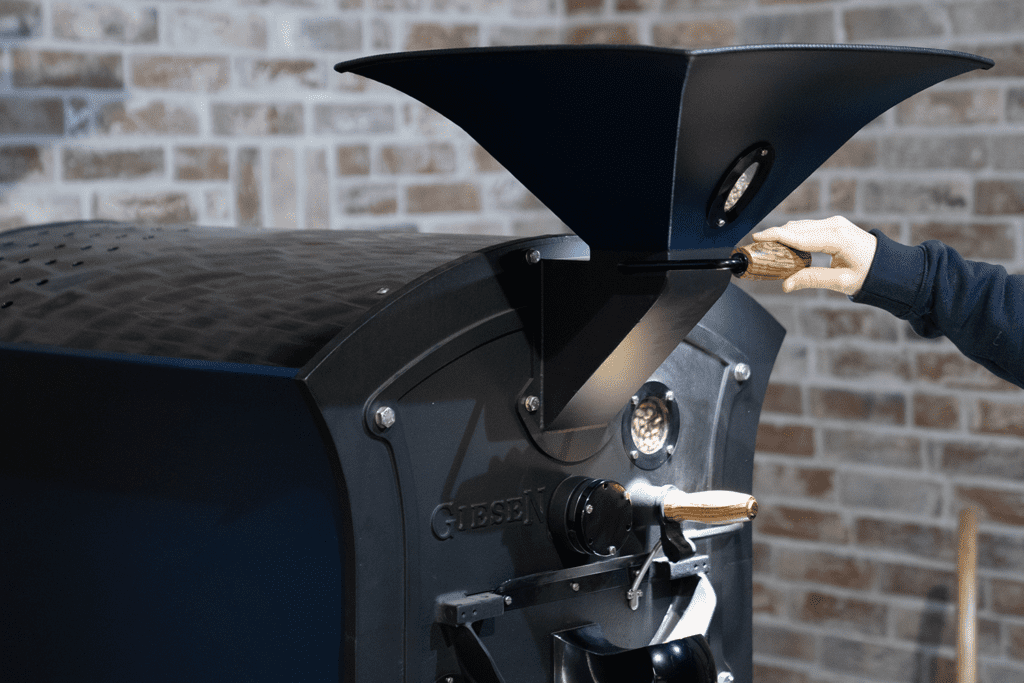Preparing with Ian Picco
Recently, Giesen USA ambassador, Willem Boot, hosted Ian Picco, the 2018 national US coffee roasting champion at Boot Coffee Campus to prepare for the World Championships in Rimini, Italy. Boot Coffee Campus owns a range of Giesen coffee roasters. He had the opportunity to discuss some essential questions with Ian Picco, who is also an SCA trainer for Topeca Coffee Roasters.
1. How do you prepare your roasting profiles?
Most of my profile choices are largely determined by bean density and then I also take the moisture content into account and the origin as well as the cup characteristics.
2. How do you assess the resulting profiles?
Most importantly I look carefully at the relationship between roast colour (physical reading) and roast curve and roasting profile. Additionally, I will assess the time spent during the different phases of the process: drying phase, maillard reactions, first crack and development time and I try to correlate this to the sensory data from the cupping evaluation.
3. Can you mention successful roasting profiles of the past year and why it was memorable?
A naturally processed geisha from El Salvador proved to be a very challenging coffee. It tested my usual theory about the roasting curve and the correlation with bean density. The coffee was low density and high-moisture. I initially roasted the beans by applying more energy during the drying phase and by stretching the maillard reactions but that never resulted in a good cup. Eventually I tried an opposite approach by roasting the coffee much faster, which improved the flavour profile. I still haven’t figured out why but it worked.
4. What does it take to become a champion roaster?
A lot of diligence. Accepting failure. Listening to others. Constantly seeking knowledge.
5. What were your preparation and practice like?
The national competition required a lot of time commitment because of the presentation element. For the world championships, the focus is more on laying out a clear roasting strategy and to execute the plan. Coming to Boot Coffee Campus gave me the advantage to become more comfortable with the Giesen roasting technology.
6. How important is the machine for the objective of creating superb roasting profiles?
The benefits of the machine strongly depend on the controllability it provides on the roasting profile.
7. How does Giesen compare to other roasting machine brands?
The thermal stability of Giesen machines is really helpful. I like the cast iron components because of the consistent heat application and responsiveness to bean mass and heat retention. I have found it quite easy to execute roasting profiles with these Giesen roasters.





Dieser Beitrag hat einen Kommentar
Your blog writings are just wonderful. I like also coffee.